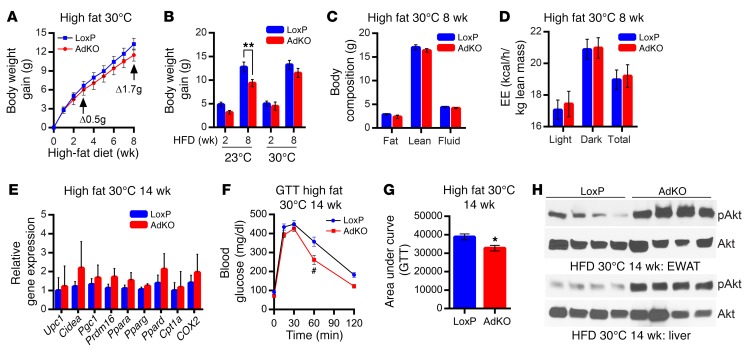Figure 8. Thermoneutrally placed HFD-AdKO mice do not display leanness but exhibit insulin sensitivity.
(A) AdKOs, when fed a HFD at thermoneutral (30°C) temperature, gain body weight at a similar rate compared with LoxPs (n = 6 mice per group; 2-way ANOVA). (B) AdKOs at 23°C (8 weeks of HFD) display a reduced weight gain compared with LoxPs, whereas AdKOs at 30°C gain similar body weight compared with LoxPs (n = 6 mice per group; t test). (C) Total fat, lean, and fluid masses are similar in LoxPs and AdKOs after 8 weeks of HFD feeding at 30°C (n = 6 mice per group; t test). (D) EE is similar in AdKOs and LoxPs at 30°C (8 weeks of HFD) (n = 6 mice per group; t test). (E) Adipose tissue browning and mitochondrial markers are similar in HFD-fed LoxPs and AdKOs, after 14 weeks of HFD at thermoneutrality (n = 6 mice per group; t test). (F) After 14 weeks of HFD at 30°C, AdKOs display improved GTT compared with LoxPs (n = 6 per group; 2-way ANOVA). (G) AUC analyses reveal that AdKOs, after 14 weeks of HFD at 30°C, efficiently dispose glucose compared with LoxPs (n = 6 mice per group; t test). (H) Akt stimulatory (S473) phosphorylation is 4- to 5-fold higher in AdKO liver and EWAT after 14 weeks of HFD feeding at 30°C (n = 4 mice per group). Data in all panels are expressed as mean ± SEM. *P < 0.05, **P < 0.01, #P < 0.001.

